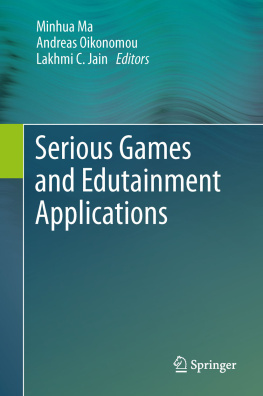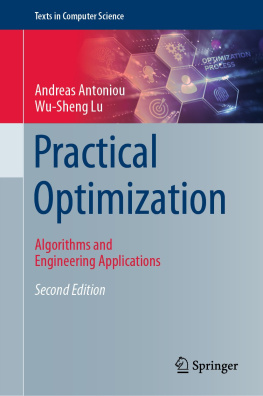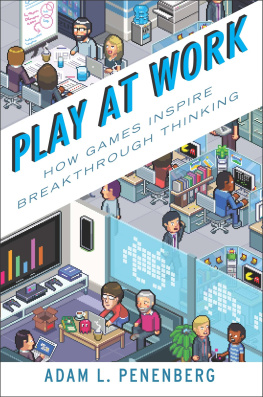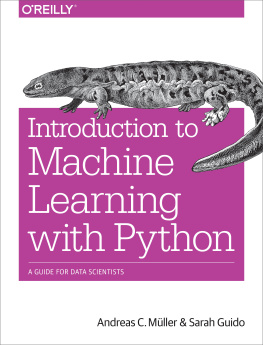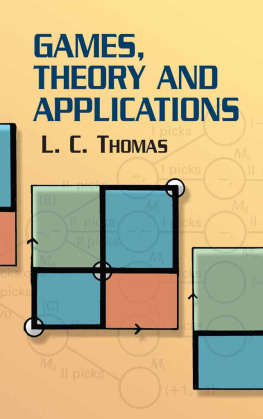1.1 Introduction
The recent emergence of serious games as a branch of video games has introduced the concept of games designed for a serious purpose other than pure entertainment. To date the major applications of serious games include education and training, engineering, healthcare (Garcia-Ruiz et al., ), military applications, city planning, production, crisis response, just to name a few. Serious games have primarily been used as a tool that gives players a novel way to interact with games in order to learn skills and knowledge, promote physical activities, support social-emotional development, and treat different types of psychological and physical disorders amongst others. Many recent studies have identified the benefits of using video games in a variety of seriouseven criticalcontexts. Games technology is inexpensive, widely available, fun and entertaining for people of all ages. If utilised alongside, or combined with conventional training and educational approaches it could provide a more powerful means of knowledge transfer in almost every application domain.
This book Serious Games and Edutainment Applications offers an insightful introduction to the development and applications of games technologies in educational settings. It includes cutting edge academic research and industry updates that will inform readers of current and future advances in the area. The book is suitable for both researchers and educators who are interested in using games for educational purposes as well as game professionals who are trying to gain a thorough understanding of issues involved in the application of video games technology into educational settings.
1.2 Chapters Included in the Book
This book includes 23 chapters. provides an introduction to serious games and simulation in education. It presents brief abstracts of all chapters included in the book. The book is divided into five parts: introduction, theories and reviews, custom-made games and case studies, use of Commercial-off-the-shelf (COTS) games in education, and social aspects and gamification.
Part I includes three other chapters. three different levels of learning processes in serious games are discussed, i.e. learning in, through, and beyond games. The authors argue that most studies research the transfer of behaviour, of knowledge, competences and skills whilst not much is known about deep and meaningful transformative learning processes. They then derive conclusions from theoretical and empirical evidence of previous studies and several case studies on commercial serious games.
Part II covers concepts and theoretical research of game based learning and serious game study. proposes to combine initiative games with mobile technologies to accurately monitor and evaluate the learning progress of participants and enrich the gaming experience for players. A number of technical and educational considerations are discussed. The authors argue that mobile devices can be implemented to augment initiative games in order to intensify the training effect on social and personal skills in players.
Part III includes reviews of six custom-made serious games for various educational and training purposes and case studies.. The authors compare four versions of the game and carry out a study in a Singapore high school to investigate the effectiveness of game features (puzzle, narrative, and voiceover) in engaging students, their play experience and achieving learning objectives.
Adopting Commercial-off-the-shelf (COTS) games or game mods for teaching and learning significantly reduces the development cost and improves quality of serious games. Part IV provides guidelines and case studies of using COTS games in educational settings. Firstly, reports the use of a NeverWinter Nights mod to teach SQL in a fun and challenging way.
Part V is on social aspects and gamification. discusses a broad range of theories relating to the advantages of teaching computing students by asking them to develop their own serious games, e.g. enquiry-based learning, instructionist vs. constructionist serious games, and intelligent tutors. The final chapter investigates social interactive learning in multiplayer games.
1.3 Conclusion and Future Trends of Serious Games
This chapter gives an overview of the book. The chapters in this book also give the reader a perspective of future trends of serious games.
1.3.1 Pervasive Serious Games
Emerging and pervasive technologies bring lots of potential for pervasive games (a.k.a. ubiquitous computing games , or mixed reality games ), especially Live Action Role Playing Games (LARPS) that take place both virtually in game worlds and in the real world, as people run around in physical space to accomplish game-related missions that register only in cyberspace, e.g. location-based games like Geocaching and Botfighter . ) shares his experiences of developing a pervasive game for the iPhone.
1.3.2 Alternative Input Devices for Serious Games
The traditional keyboard and mouse combination as the primary input devices, now mainly for video games on PC platform, predates the growing popularity of video game input devices like Xbox 360, Wii Remote, and recently released controller free interfaceMicrosoft Kinect and PlayStation Move. Thorpe et al. ( argues that by stimulating multiple perceptions, learning experiences may be more accurately replicated in a virtual world. This may be one of the future trends for serious game applications especially for medical training.
1.3.3 Social Media and Learning
Using social media to improve learning is becoming more important due to the popularity of social gaming and the effectiveness of social interaction in the learning process. The community aspect of serious games is explored and experimented with in . We believe that putting social psychology into serious game would be another direction for future development of edutainment applications.
References
Annetta, L.A., Folta, E., Klesath, M.: V-learning: Distance Education in the 21st Century Through 3D Virtual Learning Environments. Springer, Berlin (2010)
Baldwin, M.W., Dandeneau, S.D.: Putting social psychology into serious games. Soc. Personality Psychol. Compass (4), 547565, July 2009. Blackwell (2009) CrossRef

